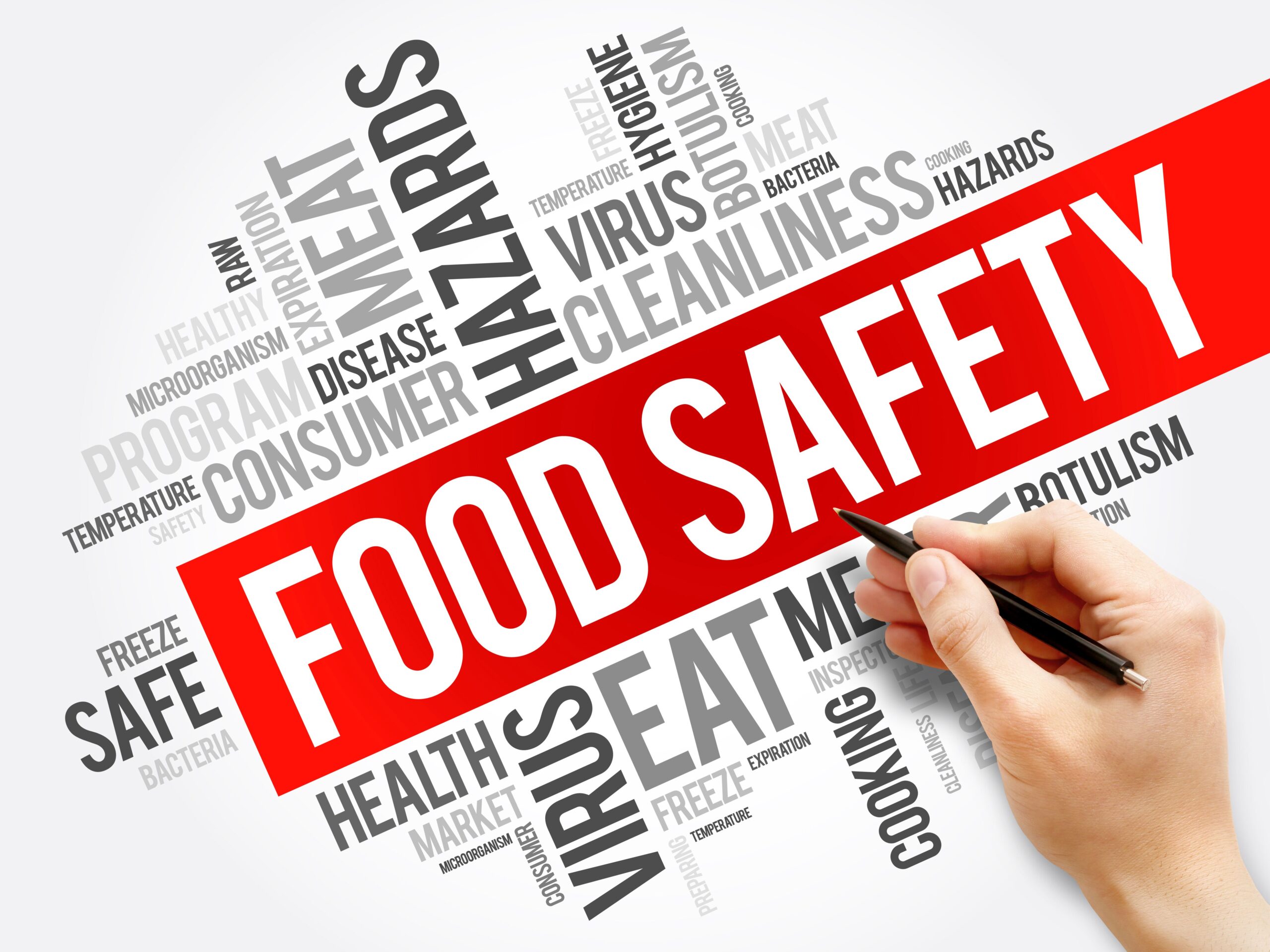Foodborne illnesses can be caused by poor quality ingredients or a pathogen making the rounds, but restaurant owners and staff do their part to prevent diners from falling ill.
One way we can ensure customers stay safe is to ensure that meals and ingredients don’t spend too much time within the food temperature danger zone.
What Is The Food Temperature Danger Zone?
The “danger zone” is the temperature range of 40 °F – 140 °F, or 4.4 °C – 60 °C. Food left out at these temperatures can cause harmful bacteria like Salmonella Enteritidis and Staphylococcus Aureus to multiply to potentially harmful levels.
According to the USDA, the number of harmful bacteria in food left in these temperatures can double in as little as 20 minutes. It can be very easy to overlook items left in the open, especially in a busy kitchen. Other times, improperly trained or managed staff ignore or downplay the risks associated with leaving food out.
How Can I Avoid It In My Kitchen?
Fortunately, there are many ways that restaurant managers and staff can prevent food from reaching this danger zone. First is by having the right equipment.
Food Temperature Safety Equipment
You should never put food into the refrigerator when it’s still hot. The radiated heat from the freshly cooked food may affect the ambient temperature in the refrigerator and raise the temperature of nearby foods. Conversely, you need a way to quickly cool food so that it achieves optimal storage temperature as soon as possible.
Blast chillers work well for this purpose, as do shallow pans that have a large surface area so that as much of the food is exposed to cooling air as possible. Cooling paddles also work well to cool down soups and casseroles.
Always use thermometers to check if food has reached the right cooking temperature, whether that’s cooking the dish or simply reheating leftovers. There are many different kinds of food thermometers in the market, each with its own unique purpose within your kitchen. Equip your kitchen with all of them and train staff on their use.
Speaking of training…
Food Temperature Training / Procedures
Regularly check the temperature of cooking and cooling foods with the proper thermometers to ensure none of them fall into the danger zone. Don’t forget to clean thermometers in between readings to prevent contamination!
If you do encounter food that has been sitting below 140 °F for more than two hours, discard it. It has become a safety risk, and you shouldn’t serve this food at all. Keeping food covered will reduce contamination risk and maintain temperatures for longer.
Regularly check if your freezer and refrigerator are operating properly. Measure interior with a thermometer and make sure food is stored at the right temperature. Keep a detailed log of temperature readings and the time the readings are taken.
With the right mix of training and equipment, your restaurant will be more able to keep both your patrons safe from illness and keep you safe from litigation.
